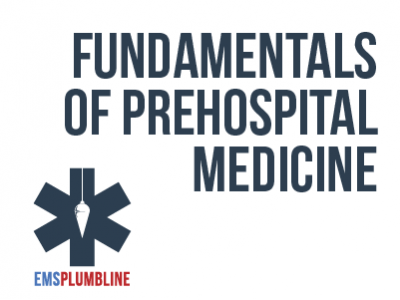 |
Assessing the Elderly—Dementia vs. Delirium |
0.50 |
One of the most common challenges that EMS crews face when assessing elderly patients is to differentiate between dementia and delirium. This brief review will allow providers the opportunity to assess their knowledge of the topic. The lesson concludes with a few challenging exam questions that will be fuel for good discussion within your agency.
Final Exam: This multiple-choice exam is designed to test your knowledge of the material you just reviewed. You have two attempts to gain an 80% or higher on this exam. Please take your time and answer each question carefully. |
 |
Concreting: Assessing the Elderly—Respiratory |
1.00 |
One of the most common responses for EMS providers is the chief complaint of shortness of breath (SOB). In this session, we discuss the challenges of obtaining a history of present illness (HPI) in a patient that potentially has one of three significant differentials: COPD, pulmonary embolism, or pneumonia. We will also briefly discuss what a BLS provider should do when preparing these patients for ALS level care. Final Exam: This multiple choice exam is designed to test your knowledge of the material you just reviewed. You have two attempts to gain an 80% or higher on this exam. Please take your time and answer each question carefully. |
 |
Exploring Four Areas of Development of Children K-6 for Paraprofessionals |
1.00 |
One of the most helpful ways to gain an understanding of the needs and interests of students ages 5-12 is to examine their development from four different perspectives: physical, cognitive, social, and emotional. It is important for paraprofessionals to keep all four of these areas in mind when helping educators implement classroom activities and experiences. Keeping the four areas of development in mind helps staff to better understand the development of the whole child. |
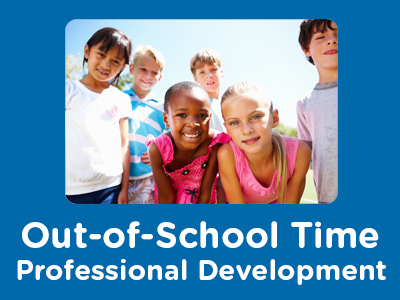 |
Exploring Four Areas of School-Age Development: Cognitive Development |
0.50 |
One of the most helpful ways to gain an understanding of the needs and interests of youth between 5 and 12 is to examine their development from four different perspectives: 1) Physical Development, 2) Cognitive Development, 3) Social Development, and 4) Emotional Development. In this course, we will explore the cognitive development perspective. |
 |
Exploring Four Areas of School-Age Development: Emotional Development |
0.50 |
One of the most helpful ways to gain an understanding of the needs and interests of youth between 5 and 12 is to examine their development from four different perspectives: 1) Physical Development, 2) Cognitive Development, 3) Social Development, and 4) Emotional Development. In this course, we will explore the emotional development perspective. |
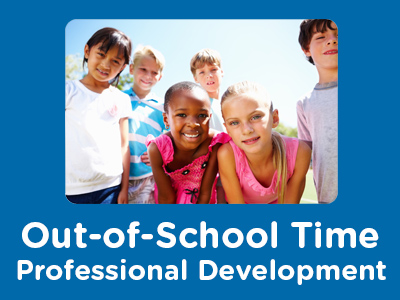 |
Exploring Four Areas of School-Age Development: Physical Development |
0.50 |
One of the most helpful ways to gain an understanding of the needs and interests of youth between 5 and 12 is to examine their development from four different perspectives: 1) Physical Development, 2) Cognitive Development, 3) Social Development, and 4) Emotional Development. In this course, we will explore the physical development perspective. |
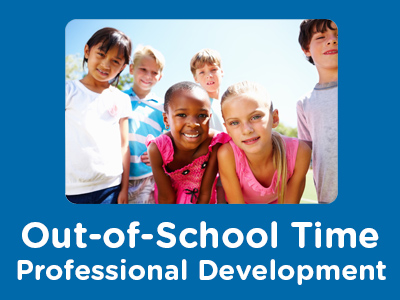 |
Exploring Four Areas of School-Age Development: Social Development |
0.50 |
One of the most helpful ways to gain an understanding of the needs and interests of youth between 5 and 12 is to examine their development from four different perspectives: 1) Physical Development, 2) Cognitive Development, 3) Social Development, and 4) Emotional Development. In this course, we will explore the social development perspective. |
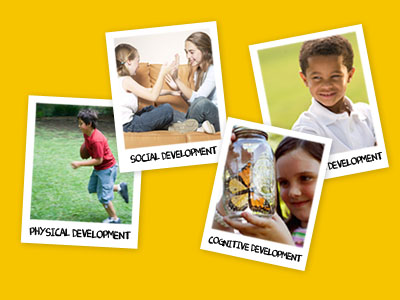 |
Course 02: Exploring Four Areas of School-Age Development |
2.00 |
One of the most helpful ways to gain an understanding of the needs and interests of youth between 5 and 12 is to examine their development from four different perspectives: 1) Physical Development, 2) Cognitive Development, 3) Social Development, and 4) Emotional Development. It is important for staff to keep all four of these areas in mind when planning and implementing program activities and experiences. Keeping the four areas of development in mind leads staff to design a balanced set of experiences that nurture and growth and development of the “whole child.” |
 |
Exploring Four Areas of School-Age Development |
2.00 |
One of the most helpful ways to gain an understanding of the needs and interests of youth between 5 and 12 is to examine their development from four different perspectives: 1) Physical Development, 2) Cognitive Development, 3) Social Development, and 4) Emotional Development. It is important for staff to keep all four of these areas in mind when planning and implementing program activities and experiences. Keeping the four areas of development in mind leads staff to design a balanced set of experiences that nurture and growth and development of the “whole child.” |
 |
Exploring Four Areas of School-Age Development (Collection) |
2.00 |
One of the most helpful ways to gain an understanding of the needs and interests of youth between 5 and 12 is to examine their development from four different perspectives: 1) Physical Development, 2) Cognitive Development, 3) Social Development, and 4) Emotional Development. It is important for staff to keep all four of these areas in mind when planning and implementing program activities and experiences. Keeping the four areas of development in mind leads staff to design a balanced set of experiences that nurture and growth and development of the "whole child." |
 |
Prehospital Tracheostomy Care for the BLS Provider |
1.00 |
One of the most intimidating events for a BLS provider is the 911 call for a pediatric patient with a difficult airway. Dr. Christopher Harmon and Paramedic Kuo Downing Reese discuss the challenging topic of the emergent airway and tracheostomy management in the prehospital setting.
Final Exam: This multiple-choice exam is designed to test your knowledge of the material you just reviewed. You have two attempts to gain an 80% or higher on this exam. Please take your time and answer each question carefully. |
 |
Course 04: Exploring Individual Differences in School-Age Children |
2.00 |
One of the most significant challenges for staff in OST programs is learning how to identify, manage, and respond appropriately to individual differences in a group setting. Some differences among children are the result of inborn characteristics and traits (e.g. physical characteristics, temperament, talents, race). Other differences are the result of external factors (e.g. the environment) or are cultivated as the child grows and develops (e.g. interests, skills, knowledge). The diverse needs, characteristics, interests, abilities, and skills of school-age children require a flexible atmosphere that supports diversity and choice for children with varying capacities for independent action. Staff who understand and appreciate individual differences in children are better equipped to plan and implement program experiences that help individual children grow and flourish in a group setting. |
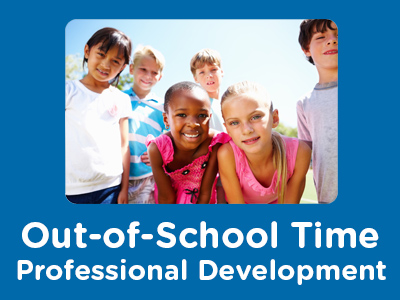 |
Exploring Individual Differences in School-Age Children: Implications for Programming |
2.00 |
One of the most significant challenges for staff in school-age programs is learning how to identify, manage, and respond appropriately to individual differences in a group setting. Some differences among children are the result of inborn characteristics and traits (e.g., physical characteristics, temperament, talents, race). Other differences are the result of external factors (e.g., the environment) or are cultivated as the child grows and develops (e.g., interests, skills, knowledge). The diverse needs, characteristics, interests, abilities, and skills of school-age children require a flexible atmosphere that supports diversity and choice for children with varying capacities for independent action. Staff who understand and appreciate individual differences in children are better equipped to plan and implement program experiences that help individual children grow and flourish in a group setting. |
 |
Effective Presentations: Building Presentations (Instructor Guide) |
1.17 |
Organization is extremely important in a presentation because the audience cannot follow your work if they become confused. Therefore, it is the responsibility of the presenter to help the audience understand the presentation from beginning to end.
This Instructor's Edition of this course includes notes and suggestions to assist you in presenting the material, whether in an in-person classroom setting, or as an instructor-led online or distance-learning course. It also provides you with the answers to questions found in mid-lesson activities, as well as in the quiz that concludes the course. |
 |
Organizational Communication: Leadership and Motivation (Instructor Guide) |
1.00 |
Organizational communication relies on the communication skills of employees, managers, and leaders. The competence of leaders is reflected in their communication skills. Communication skills also play a major role in differentiating a manager and a leader. To become an effective leader, you need to understand the theories of leadership. The structure of an organization also determines the ability of a manager.
Although motivation resides within an individual, organizations can affect motivation through communication. To motivate employees, management must clearly outline its expectations, goals, and rewards. Organizational structure can affect the communication used to motivate employees, as well as other types of communication within the organization.
In this course you will learn to: describe how communication skills and leadership are related, and define the theories of motivation, and identify motivational tools and the impact of nonverbal behavior.
This Instructor's Edition of this course includes notes and suggestions to assist you in presenting the material, whether in an in-person classroom setting, or as an instructor-led online or distance-learning course. It also provides you with the answers to questions found in mid-lesson activities, as well as in the quiz that concludes the course. |
 |
Organizational Communication: Leadership and Motivation |
1.00 |
Organizational communication relies on the communication skills of employees, managers, and leaders. The competence of leaders is reflected in their communication skills. Communication skills also play a major role in differentiating a manager and a leader. To become an effective leader, you need to understand the theories of leadership. The structure of an organization also determines the ability of a manager.
Although motivation resides within an individual, organizations can affect motivation through communication. To motivate employees, management must clearly outline its expectations, goals, and rewards. Organizational structure can affect the communication used to motivate employees, as well as other types of communication within the organization.
In this course you will learn to: describe how communication skills and leadership are related, and define the theories of motivation, and identify motivational tools and the impact of nonverbal behavior. |
 |
The Ethics of Animal Care |
2.00 |
Our industry is one that is at the forefront of the on-going ethical dialogue regarding animals, their uses, welfare and conservation. This course is designed to help animal care workers and others to better understand the role of ethics in their daily professional activity. The class explores the origins and evolving process for ethics associated with human-animal interactions, as well as, a range of current ethical issues and challenges faced by animal care professionals. |
 |
Creating Respect and Safety |
2.00 |
Out-of-school time programs provide a safe space for children and youth, both physically and emotionally. Staff need to understand how to create safe environments to ensure that children and youth feel safe in order to fully participate in the program. This course will provide participants the opportunity to explore their own relationship to safety and support, set group agreements for the series, and discover their FRAME. |
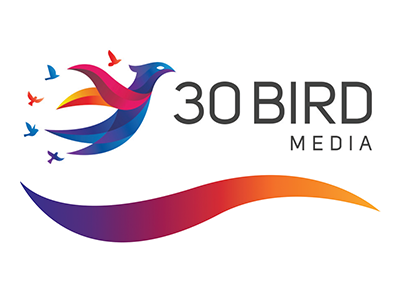 |
Microsoft Outlook 2019 Complete |
16.00 |
Outlook 2019 Complete provides the concepts and skills to be productive with Microsoft Outlook 2019, starting with fundamentals and working up to advanced tools and techniques.
This course maps to the objectives of the Microsoft Office Specialist exam for Outlook 2019. Objective coverage is marked throughout the course, and you can download an objective map. |
 |
Commotio Cordis |
1.00 |
Paramedic Instructor Peter Bonadonna discusses his thoughts on Commotio Cordis in an effort to orient EMTs that are not familiar with the phenomena. |
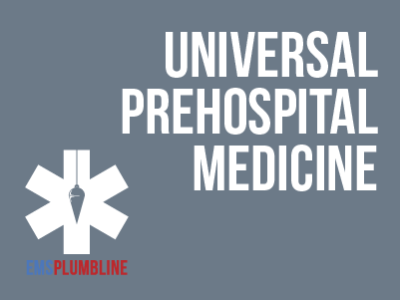 |
Pneumothorax and Hemothorax for EMTs |
1.00 |
Paramedic Instructor Peter Bonadonna discusses some of the most life threatening chest injures. |
 |
Constructing: Sepsis for Paramedics, Part 1—Overview |
1.00 |
Paramedic Michael Hoskins does a fantastic job discussing the gradual onset of this disease process with Medical Directors Jeremy Cushman and Christopher Galton. In this first of three segments, you will learn how we should look for sepsis and what questions every paramedic should ask. Final Exam: This multiple choice exam is designed to test your knowledge of the material you just reviewed. You have two attempts to gain an 80% or higher on this exam. Please take your time and answer each question carefully. |
 |
Technical Rescue—EMS Considerations: Part 1 |
1.00 |
Paramedic, and longtime EMS educator, Aaron Horowitz sits down with medical director, Jeremy Cushman. The thought-provoking discussion that ensues covers a wide range of technical rescues. We believe that much can be done to treat the sick and injured patient during a technical rescue of any type if you prepare for the incident. Many of these concepts you will want to discuss with fellow responders if you have not done so already.
Final Exam: This multiple choice exam is designed to test your knowledge of the material you just reviewed. You have two attempts to gain an 80% or higher on this exam. Please take your time and answer each question carefully. |
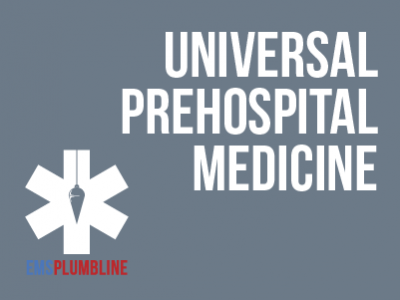 |
COVID-19 Pandemic—EMS Documentation |
1.00 |
Paramedics Mark Philippy and Ben Sensenbach take time in the Spring of 2020 to discuss the documentation concerns that are associated with COVID-19. This in-depth discussion will lead most providers to the conclusion that they are already doing good work and it should continue. This discussion is strong enough to lead the same providers to think slightly differently about what is done during a pandemic period and they may decide to make minor alterations in what the way the document after EMS responses. Final Exam: This multiple-choice exam is designed to test your knowledge of the material you just reviewed. You have three attempts to gain an 80% or higher on this exam. Please take your time and answer each question carefully. |
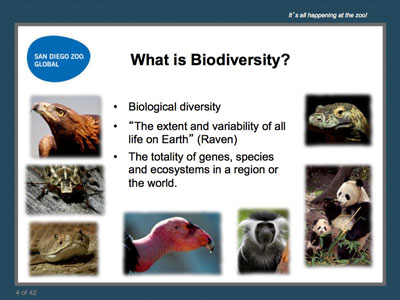 |
The Value of Biodiversity and its Link to Human Welfare |
1.00 |
Participants will explore the question: "What is the value of biodiversity?" We'll discuss biodiversity's value from intrinsic and utilitarian perspectives and discuss why saving Earth's species is a critically important matter for all humans. The personal link between biodiversity and human wellbeing has been demonstrated in numerous studies, a compelling body of research that we'll discuss here. Lastly we'll discuss the current plight of global biodiversity and how we can each personally help to alleviate threats. |


























